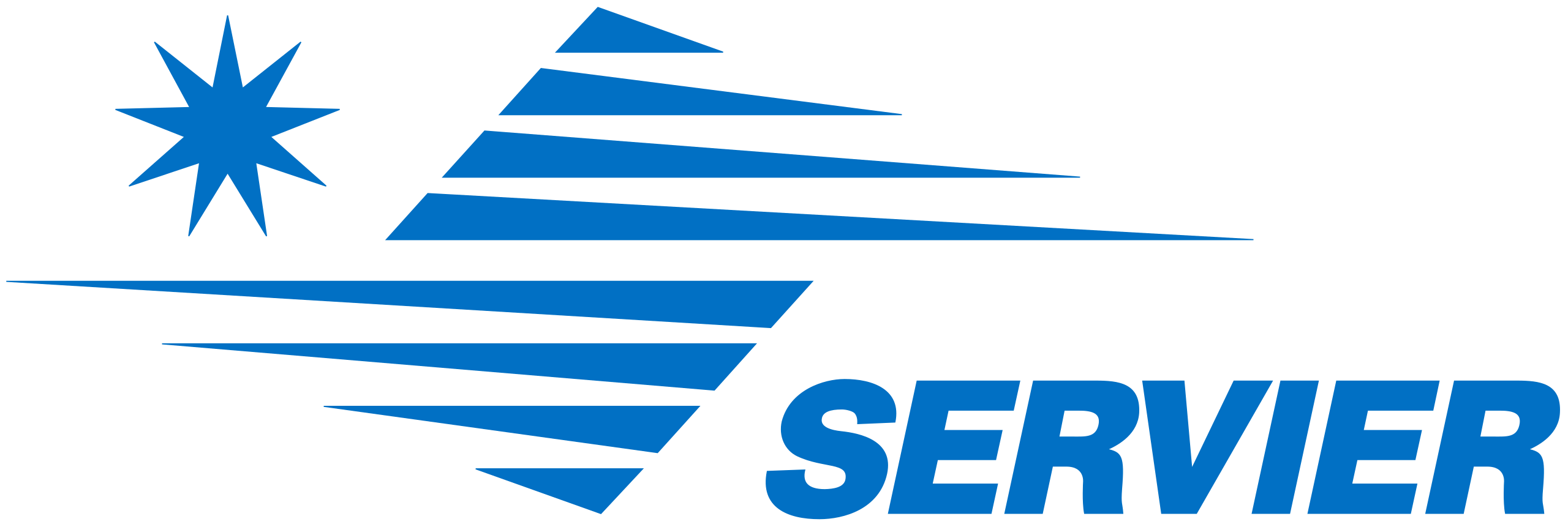Go back to trials list
A Phase I/II Study of Venetoclax in Combination With ASTX727 (Cedazuridine/Decitabine) in Treatment-Naïve High-Risk Myelodysplastic Syndrome (MDS) or Chronic Myelomonocytic Leukemia (CMML)
Description
This phase I/II trial studies the side effects and best dose of venetoclax in combination with cedazuridine and decitabine (ASTX727) in treating patients with high risk myelodysplastic syndrome or chronic myelomonocytic leukemia who have not received prior treatment (treatment-naive). Chemotherapy drugs, such as venetoclax, cedazuridine, and decitabine, work in different ways to stop the growth of cancer cells, either by killing the cells, by stopping them from dividing, or by stopping them from spreading.PRIMARY OBJECTIVE: I. To determine the safety and tolerability (phase 1) and overall response rate (ORR) (phase 2) of venetoclax in combination with ASTX727 in patients with treatment-naive high-risk myelodysplastic syndrome (MDS) or chronic myelomonocytic leukemia (CMML) with bone marrow excess blasts \> 5%. SECONDARY OBJECTIVES: I. Rate of complete remission (CR). II. Rate of marrow/morphologic complete remission (mCR). III. Rate of hematologic improvement (HI; erythroid/platelet
Trial Eligibility
Inclusion Criteria: * Patients with treatment-naive high-risk (HR)-MDS or CMML (intermediate \[Int\]-2 or high risk by the International Prognostic Scoring System \[IPSS\] with overall score \>= 1.5) with excess blasts \> 5. Note: Patients with therapy-related MDS are eligible. Hydroxyurea is allowed to lower the white cell count =\< 10,000/ul prior to initiation of venetoclax * Total bilirubin \< 3 x upper limit of normal (ULN) unless increase is due to Gilbert's disease or leukemic involvement * Alanine aminotransferase (ALT)/aspartate aminotransferase (AST) \< 3.0 x ULN unless considered due to leukemic involvement * Creatinine \< 2 x ULN unless related to the disease * Signed written informed consent * Females must be surgically or biologically sterile or postmenopausal (amenorrheic for at least 12 months) or if of childbearing potential, must have a negative serum or urine pregnancy test within 72 hours before the start of the treatment. Women of childbearing potential must agree to use an adequate method of contraception during the study and until 3 months after the last treatment * Males must be surgically or biologically sterile or agree to use an adequate method of contraception during the study until 3 months after the last treatment * Age \>= 18 years of age Exclusion Criteria: * Patients having received any prior BCL2 inhibitor therapy * Patients with MDS with IPSS risk categories low or Int-1 (overall IPSS score \< 1.5) * Patient with known human immunodeficiency virus (HIV) infection (due to potential drug-drug interactions between antiretroviral medications and venetoclax). HIV testing will be performed at screening, only if required per local guidelines or institutional standards * Patient known to be positive for hepatitis B or C infection (hepatitis C virus antibody \[HCV Ab\] indicative of a previous or current infection; and/or positive hepatitis B surface antigen \[HBs Ag\] or detected sensitivity on hepatitis B virus-deoxyribonucleic acid \[HBV-DNA\] polymerase chain reaction \[PCR\] test for hepatis B core antibody \[HBc Ab\] and/or HBs Ab positivity) with the exception of those with an undetectable viral load within 3 months of screening. (Hepatitis B or C testing is not required). Subjects with serologic evidence of prior vaccination to HBV \[i.e., HBs Ag-, and anti-HBs+\] may participate * Patient has received strong and/or moderate CYP3A inducers within 7 days prior to the initiation of study treatment * Patient has consumed grapefruit, grapefruit products, Seville oranges (including marmalade containing Seville oranges) or Starfruit within 3 days prior to the initiation of study treatment * Patient has a cardiovascular disability status of New York Heart Association class \> 2. Class 2 is defined as cardiac disease in which patients are comfortable at rest but ordinary physical activity results in fatigue, palpitations, dyspnea, or anginal pain * Patient has chronic respiratory disease that requires continuous oxygen, or significant history of renal, neurologic, psychiatric, endocrinologic, metabolic, immunologic, hepatic, cardiovascular disease, any other medical condition or known hypersensitivity to any of the study medications including excipients of azacitidine that in the opinion of the investigator would adversely affect his/her participating in this study * Patient has a malabsorption syndrome or other condition that precludes enteral route of administration * Patient exhibits evidence of other clinically significant uncontrolled systemic infection requiring therapy (viral, bacterial or fungal) * Patient has received a live attenuated vaccine within 4 weeks prior to the first dose of study drug * Patient has a history of other malignancies within 2 years prior to study entry, with the exception of: * Adequately treated in situ carcinoma of the cervix uteri or carcinoma in situ of breast; * Basal cell carcinoma of the skin or localized squamous cell carcinoma of the skin; * Previous malignancy confined and surgically resected (or treated with other modalities) with curative intent; requires discussion with TA MD * Patient has a white blood cell count \> 25 x 10\^9/L. (Hydroxyurea or leukapheresis are permitted to meet this criterion) * Female subject has positive results for pregnancy test
Study Info
Organization
M.D. Anderson Cancer Center
Primary Outcome
Incidence and severity of all reported adverse events (Phase I)
Interventions
Locations Recruiting
M D Anderson Cancer Center
United States, Texas, Houston
Interested in joining this trial?
Our dedicated patient navigators are here to support you by reviewing the eligibility criteria to see if you might qualify for this trial.
Get the Latest Acute Myeloid Leukemia Updates, Delivered to You.
By subscribing to the Healthtree newsletter, you'll receive the latest research, treatment updates, and expert insights to help you navigate your health.
Thanks to our HealthTree Community for Acute Myeloid Leukemia Sponsors:




